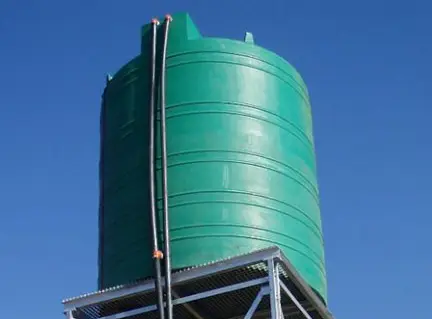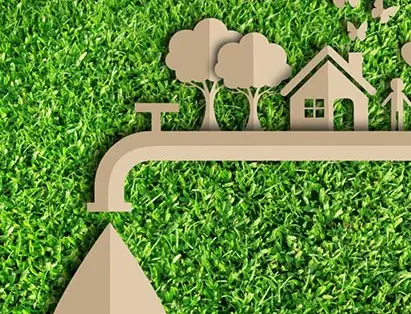Intro
The water level controller is the ideal water-saving mechanism gaining popularity forth past decade.
Many companies have begun to evolve from basic 555 based controllers to MCU based controlling and now artificial intelligence is getting introduced with Industry 4.0 concept.With all the new technology, let us scroll down to understand the simple tricks to follow to get the best results in the overhead tank water level controller. We are here to guide you to buy the best water level, controller in chennai.
Let’s understand, what is Water Level Controller-
A basic water level controller is a simple motor with an on-off switch that you have been operating everyday as your overhead tank gets empty. This technology operates the motor when the topmost level in the tank empties and it turns off the motor, as the tank fills full. These level controllers are available in various types and at different prices ranging from Rs 2000 to Rs 10,000.Remember if you choose the wrong product your motor will be in danger. In most cases, the motor burning because of over running is due to the fault in water level controllers. Choosing the right water level controllers gives long life to your water motor.
So, scroll down to read a few tricks in maintaining the best water level controller to achieve optimum results.
- Understand your Motor
The two types of AC water motor are
- Jet Pump – used outside sump tank
- Submersible Pump – used inside sump tank
Every motor consumes different power based on each condition such as
- The in-between distance of the sump tank, overhead tank, and motor.
- Pipe’s thickness and pipe set-up from bottom to top
- Rotor friction of the motor
- Environmental conditions
- The metal present in the motor
- Quality of the copper used in the winding, rusting
Keep a check on the power consumed by your motor and the service requirement of the motor too. A clamp meter is advisable to check the existing power consumption of your motor.A water level controller is available with motor load or power indicated and your old motor may consume more power than its actual requirement. When your motor functions on overload this, it could cause certain technical issues in the internal components. The issues could raise in the connectors , relay, or the internal wiring.
- Water Quality
Water quality differs for every 100 km. The water may appear fresh but it may damage the sensor in the long run.Check water clarity in your area and test the water for impurities such as mud or dust. If the water is too muddy or filled with dust you may have to choose a sensor according to that for getting the best results. Contact type sensor pulls in dust and tiny particles when water flows directly into the sensor and it becomes ineffective in 3 months to 1 year due to the dust accumulated over it.Also check water clearness and hardness. Taste your water and if it tastes salty it may contain certain minerals which may get deposited on the steel rod and the sensor may not function effectively. In such cases, magnetic sensors work better. Also, based on your water choose various water hardness testing methods.
- Water Level Controlling Process
Water level controllers function on similar sensing methods but react differently based on their programs. Generally, water level controllers operate on a comparative based circuit which triggers the motor the moment it is indicated with 0-0 condition on overhead tanks.Please note it is always better to choose Dry Run Protected water level controller as this type of controller prevents the motor from operating dry when the water in the sump tank drains off. It turns off the motor at the right time. This helps in preventing the motor from burning.
- Features other than price
Apart from price, check for water level controller system that analyzes the motor running duration and has a feature to turns of automatically when the motor operates more than its capacity. So it is recommended to check the features in the water level controller for protecting your motor, long-run usage, good durability rather than the price.
- Sensor type
Analyze the type of sensors compatible with your water level controller. Choose a water level controller that supports a universal sensor.There are contact type sensors and non contact type sensors. There is also a type of sensor called down switch sensor but it is rare.Contact type sensors are low priced, sturdy, and easy to maintain whereas non contact type sensor is expensive, fragile, and requires no maintenance.The choice of sensor is based on water quality and usage. The contact type sensor is a highly rigid and non-contact type sensor that comes with a glass-red switch and electrical components that may damage easily.
- Choosing a sensor
Choose a stainless steel 316 contact type sensor as it is highly durable and easy to maintain. It can be cleaned once a year using sand paper to wipe off the deposits. Pick a sealed wire joint sensor as it begins to accumulate deposits from the two metal joints. The contact type sensor scaling is also highly based on the internal circuit and its design.Non-contact type sensor comes in various types- reed switch-based magnetic float sensor, ultra-sonic sensor, float switch sensor. The economical type is a reed switch based magnetic float sensor. The magnetic float switch sensor is the expensive one with a gold plated reed switch or german made switch. It is a durable and widely available sensor in the market. Due to its glass switches, it requires gentle care in handling. The float type ball sensor comes in various quality and its durability cant be judged.It is recommended to choose a magnetic float switch sensor than the ball type.
The ultra sonic sensors are rarely provided in WLCs and its replacement cost is high when damage occurs due to internal circuit failure or water. The float switch sensor is made of a specific plastic material and before choosing it check if the material is virgin and whether it is protected from water.
- Materials Used
Switches– Check the quality and durability of the switch used for on-off. Test it by operating it a bit faster and go ahead if you are satisfied that the quality will last at least 5 years.Choose a water level controller in Chennai which is visibly sturdy.Connector– Check the connector type used for motor connection and sensor connection. Compare various connector types.Relay and contact rating– Check the ampere rating and pick the external case. The external case of PC and ABS are ideal, however there are various choices available.
Conclusion
There are many types and varieties of water controllers in sold by leading dealers and manufacturers, hope our tricks help you achieving the best results in the overhead tank water level controller in chennai. Irrespective of the type of WLC, the water quality and the right sensor play a vital role in giving you the best quality water level indicator in chennai . Durability and quality are the main aspects of choosing a WLC that gives you the best results.


.webp)


